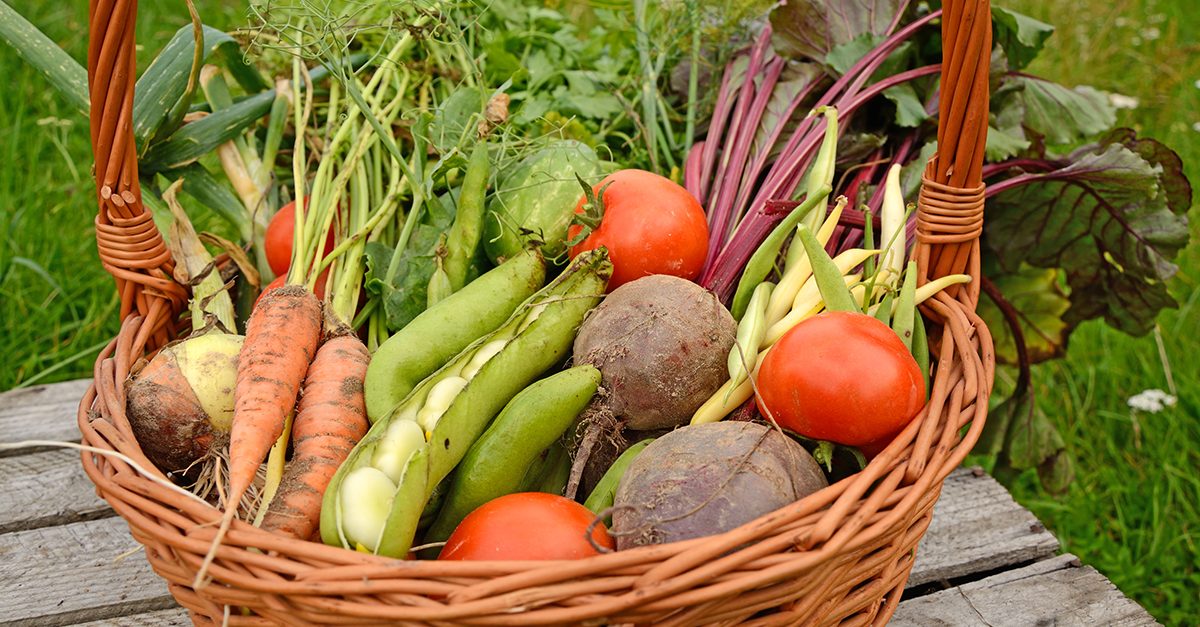;)
When it comes to what counts as a fruit, some people make the distinction based on how sweet the item is but if you ask a botanist, they'll tell you it has little to do with taste and more to do with what part of the plant is being consumed.
The Difference As Far as A Botanist Is Concerned

To botanists, the word fruit simply means the edible part of a seed plant. Fruits can be found on many types of plants: there are apples that grow on trees, grapes that grow on vines, and blueberries that grow on shrubs.
The botanical definition of a fruit has absolutely nothing to do with how sweet it tastes. When humans hear the word vegetable, they tend to think of savory and non sweet flavors.
In truth, a vegetable means any part of a plant that is cultivated primarily for food. This should include leaves as in the case of spinach, root as in the case of carrots, tuber as in the case of potatoes, and flowers as in the case of broccoli.

In a way, fruits are just a type of vegetable because they’re an edible part of a plant. It is known that most people don't think about their fruits and vegetables in terms of definition.
In fact, in everyday context, the distinction between fruits and vegetables has to do with how we eat it, what dishes they are served in, and whether they are sweet or not.
To most, fruits are edible, usually sweet parts of a plant and can be eaten raw, squeezed for juice, or used in desserts.
As such it is easy to make mistakes regarding which one is which. Below is a list of common fruits and veggies as well as their classification.
Food Technical Classification
- Tomato Fruit
- Cucumber Fruit
- Coconut Fruit
- Pumpkin Fruit
- Squash Fruit
- Zucchini Fruit
- Eggplant Fruit
- Potato Vegetable
- Carrot Vegetable
- Olive Fruit
- Peppers Fruit
- Watermelon Fruit
- Corn Fruit
- Rice Fruit
- Lemon (all citrus) Fruit
- Pineapple Fruit
- Rhubarb Vegetable
- Avocado Fruit
- Onion Vegetable
;Resize,width=767;)
